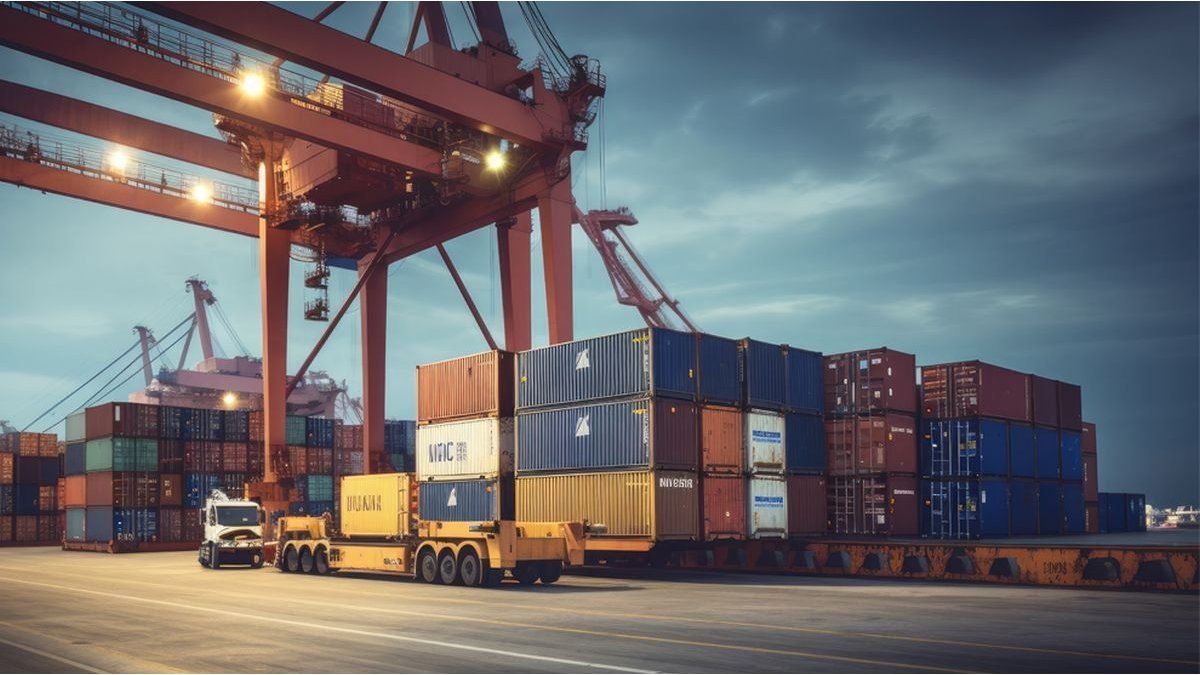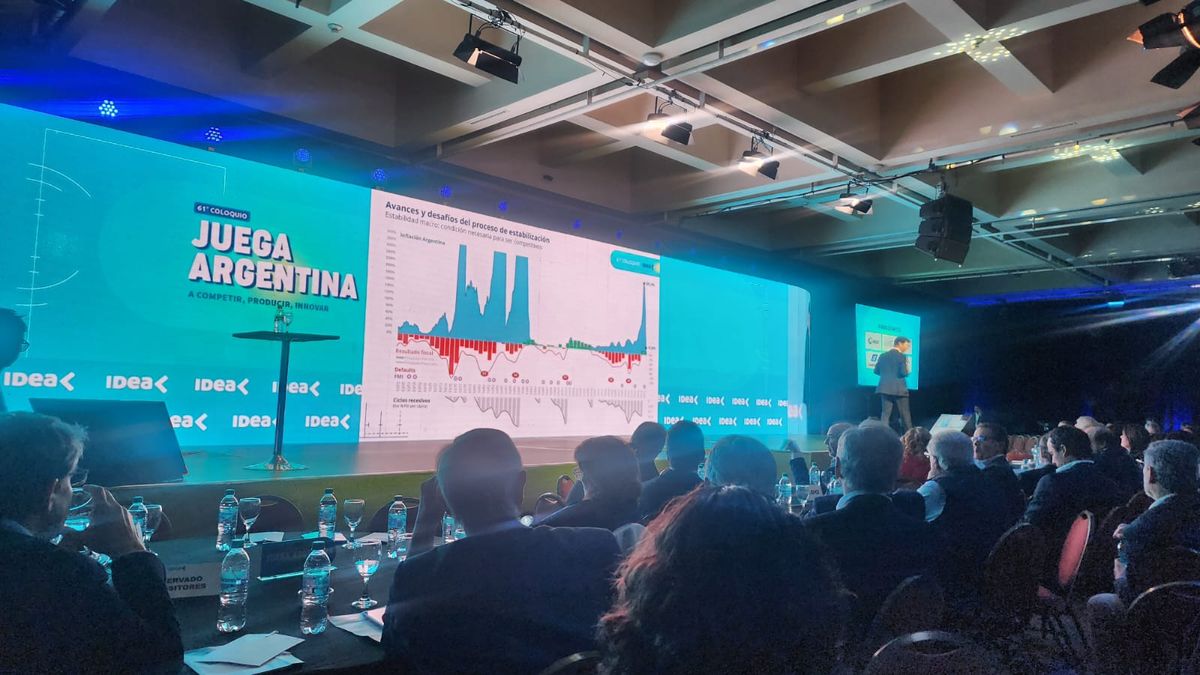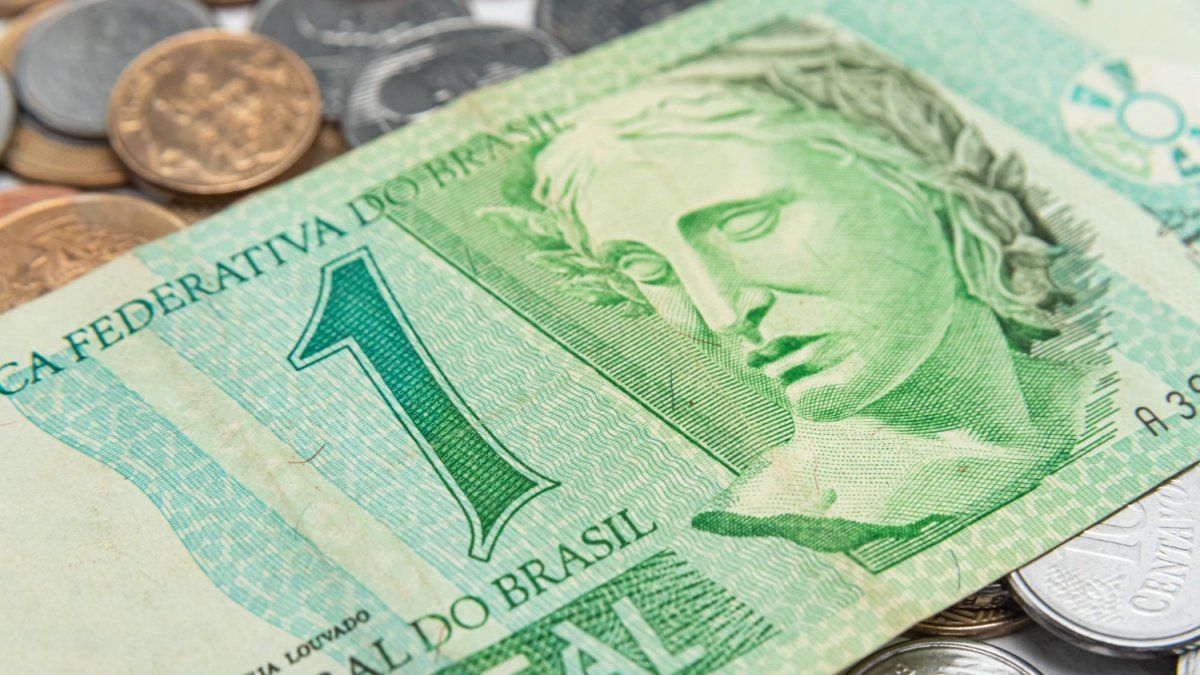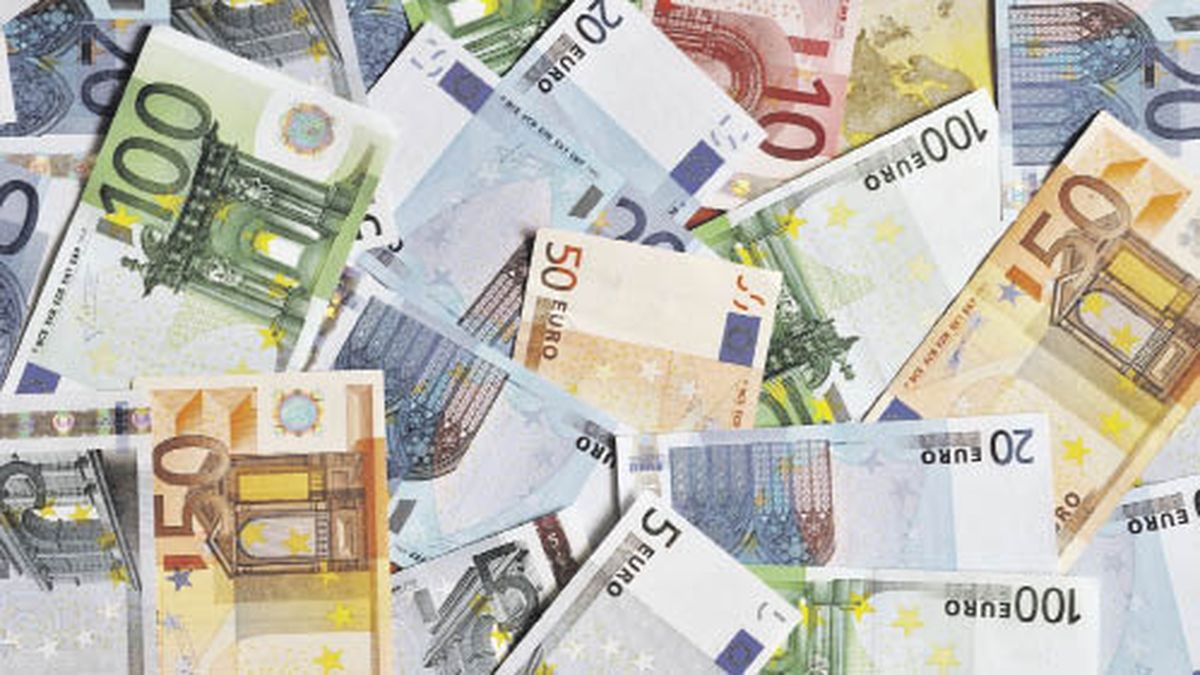In the average of the last 5 years, more than 75% of exports to China consisted of products from the soy complex or bovine meat and hides, mainly soybeans and boneless and frozen bovine meat. In this sense, China is the destination of more than 90% of soybean exports from Argentina and more than half of Argentine beef exports.
That is the relevance it has in the Argentine economy, after its acceleration in meat exports during the period 2016-2019, it reminds us of something about the Asian giant “it doesn’t matter what color the cat is, as long as it hunts mice”, it doesn’t matter if It is the PRO or La Libertad Avanza or Alliance of the different aspects of Peronism, as long as they sell meat for the salaries of the Chinese worker.
Some international institutions anticipate a decline in total grain trade to China between 2024 and 2033. Grain imports are expected to decline from an estimated 141 million tons in 2024 to 116 million in 2028 and 110 million in 2033, represents a reduction of 30% in the next decade (BCR, 11/15/2024) Will Argentina continue exporting grains? Will India be the next grain demand space? Is this process so linear? There are many doubts and queries about the role that our production and its producers and exporters will play. We cannot predict today an improvement in international prices that will ensure revenue for the Argentine economy.
But it’s not all bad news. OECD-FAO and USDA projections are less optimistic regarding China’s self-sufficiency in agricultural production and anticipate continued growth in imports. The contrast between both projections may lie in the consideration of the Chinese government’s objective of increasing grain self-sufficiency (BCR).
The economic dilemma today for the government after having carried out a series of economic policies in the best style: “let the sixties return”, neoclassical and monetarist or Austrian – an evolution from Marshall to Milton – for everyone, but in the end it had nothing of novelty. Even the Austrians are heterodox. A conceptual salad that confuses a certain sector of Peronist economists who end up wondering and doubting: and does it turn out well? There is such confusion that they forgot two things: the historical tool and always analyzing the economy and international politics. It seems that the old curriculum from 1997 in the Faculty of Economic Sciences of the University of Buenos Aires is changing, where at least there was content on history, economic power and human rights. The reform perfects the “ahistorical” future economist for the financial market. One day they will name the course Economics and Exchange Delay.
But let’s review the economic policies of the PRO and LLA: devaluation and tablita of Martínez de Hoz -some sophisticated economists call him crawling peg-, whose brain was Ricardo Arriazu in his younger years (1976-1983), was followed by a fiscal adjustment -retirees, provinces, universities and layoffs in the Public Administration-, with the devaluation and hyperinflation that reached 290%, almost no union achieved such an update, thus consolidating the salary adjustment and rate increase; and a no minor detail, which the government made at the beginning of its administration, an increase in the universal child allowance and the food card.
Now inflation is in October 2024, it was 197%. Do you know how much inflation was in October 2023? 142% and in November it was 160%. To achieve this reduction in inflation, we deepened the economic recession that began in June 2023, and continued until June of this year, according to INDEC data.
The data from the monthly estimator of economic activity are negative in July and August and another negative data is expected in this September of this year. Which would be marking a third quarter of GDP in decline. The economy does not show signs of recovery, perhaps they are sectoral, but they do not end up driving the entire economy. From all this a question arises: why? A first intuition is in the foreign trade data published by INDEC.
It is important to remember that this week November 13th is commemorated for the birth of Arturo Jauretche. He had a way of calling these economic policies, he lived in the sixties, and he talked about the famous “exportable balances”, he said that there was a certain production generated in the country and that the economic sectors preferred the currency to collecting pesos for sales to the internal market, which is also accumulation, but well, those sectors preferred the “export model” – which many economists carry as a flag of victory – and devaluations that reduced salaries so that there was excess production that was not placed in the internal market but instead direct to external market -others’ table-. Impoverish the Argentine table to sell more. The thing is that sometimes international prices don’t suit you.
Foreign trade data shows us that exports in quantities (q) increased by 23.8% in these first nine months. With prices (p) falling. The increase in quantities was mainly focused on primary products (42.3%), agricultural manufactures (32.3%) and fuel and energy (28.7%), in the same period.
However, if one wants to observe the subheadings and their increase between the first nine months of 2024 vs 2023, ordered From highest to lowest, it was the following: oil seeds and fruits (100.5%), residues and waste from food industries (49.6%), cereals (45.6%), fats and oils (41.0%), chemical and related products (16 .3%), common metals and their manufactures (12.4%) and meat and its preparations (7.7%).
On the import side, quantities fell by -21.4% in these first nine months, but the fall in prices fell -3.6%, the fall was less than that of export prices.
What it tells us is that the recession continues, the question is Are we not on the verge of an economic depression? Who will resolve this social fracture and economic inequality? Because to solve this the color of the cat does matter, it is one thing to hunt a mouse but here we need to put something else on the grid.
Source: Ambito
I am an author and journalist who has worked in the entertainment industry for over a decade. I currently work as a news editor at a major news website, and my focus is on covering the latest trends in entertainment. I also write occasional pieces for other outlets, and have authored two books about the entertainment industry.




